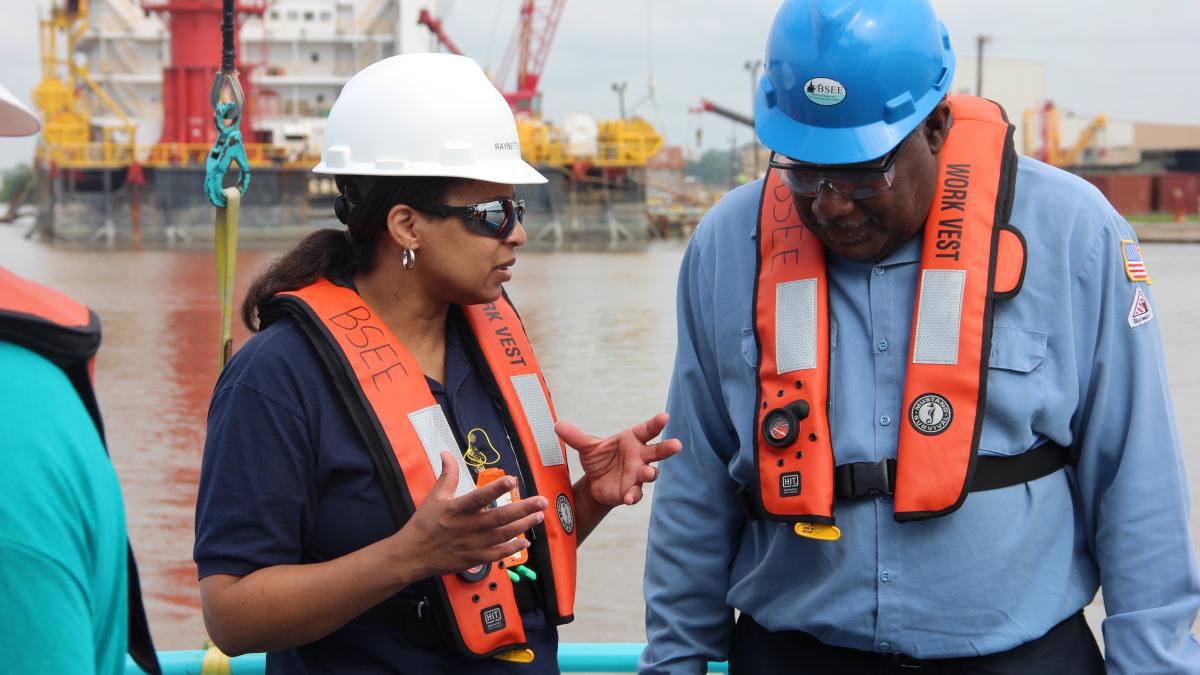Effective Communication Strategies for Safety and Occupational Health Coordinators

For safety and occupational health coordinators, ensuring clear and efficient communication within organizations is even more critical as they can be vital to maintaining the well-being of employees. That’s why today, let’s learn the best strategies that can help these coordinators effectively communicate important information regarding safety protocols, procedures, and any updates related to occupational health.
Tailored Messaging
One size does not fit all when it comes to communication, especially in the realm of safety and occupational health. Each employee has unique roles, responsibilities, and levels of understanding. Therefore, coordinators need to tailor their messaging to cater to these individual needs.
By implementing tailored messaging strategies like adapting communication mediums, using appropriate language based on departmental context, considering cultural diversity factors, and timing message delivery strategically – safety and occupational health coordinators can significantly enhance their ability to engage employees effectively while ensuring key information reaches its intended audience without getting lost in translation.
Regular Training Sessions
These sessions provide an opportunity to educate employees on important safety protocols, updates, and best practices. During these training sessions, coordinators can engage with employees directly and address any concerns or questions they may have. This interactive approach fosters a sense of trust and open communication within the organization.
To ensure maximum impact, coordinators must keep these sessions engaging and informative. They should use a variety of instructional methods, such as presentations, hands-on activities, case studies, and group discussions. By incorporating different learning styles into the training sessions, coordinators can cater to diverse employee needs.

Multiple Channels
Gone are the days of relying solely on one method to relay important information. Instead, employing a variety of channels ensures that messages reach employees in different ways, increasing the likelihood of engagement and understanding. But how exactly do these coordinators make the most of multiple channels without getting lost? Well, the answer is to take the Kurs bei Sicherheitsingenieur.nrw.
One channel that should not be overlooked is face-to-face communication. This can take the form of team meetings, one-on-one discussions, or even informal chats during break times. The advantage here is that it allows for immediate feedback and clarification if needed.
In addition to face-to-face interactions, electronic channels such as email or instant messaging platforms can also play a crucial role in disseminating information quickly and efficiently. These methods allow for written documentation, which can be referred back to if necessary.
Seamless Feedback Mechanisms
Now, let’s talk about feedback mechanisms. These mechanisms not only allow employees to voice their concerns but also ensure that the necessary improvements are made promptly. Implementing these mechanisms can be done by setting up an anonymous reporting system. This allows employees to report any safety hazards or potential risks without fear of retaliation.
Another important aspect of seamless feedback mechanisms is ensuring timely responses. Additionally, utilizing technology can greatly enhance feedback mechanisms. Implementing digital platforms or apps where employees can easily submit reports or suggestions streamlines the process and ensures efficient communication between coordinators and staff.
Effective communication is crucial for safety and occupational health coordinators to ensure the well-being of employees and maintain a safe working environment. By implementing tailored messaging, regular training sessions, multiple channels, and seamless feedback mechanisms, coordinators can enhance their communication strategies.
The Bottom Line
So, once these effective communication strategies are adopted, safety and occupational health coordinators can better engage with workers on matters related to their well-being. This ultimately contributes to creating a safer work environment that prioritizes the welfare of its workforce. So, let’s prioritize effective communication today.



